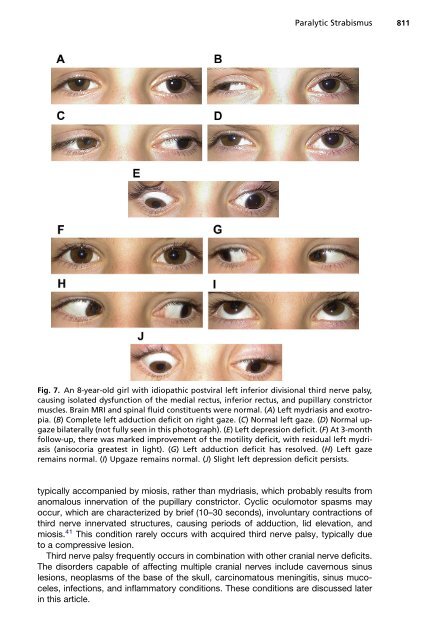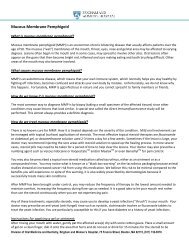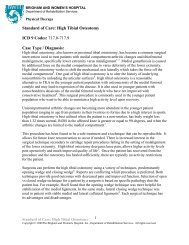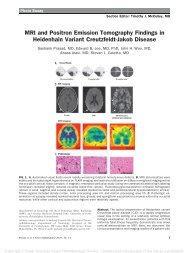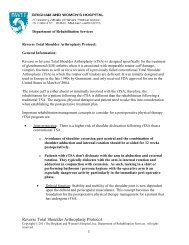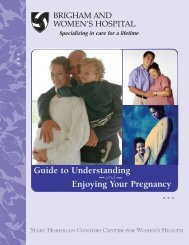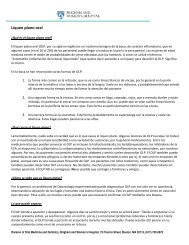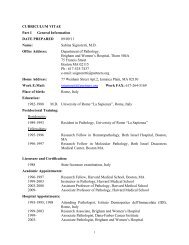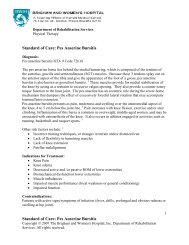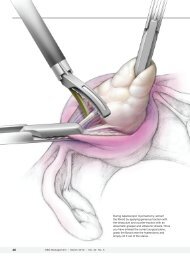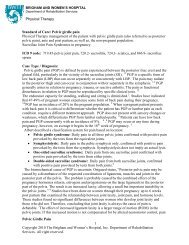Paralytic Strabismus: Third, Fourth, and Sixth Nerve Palsy
Paralytic Strabismus: Third, Fourth, and Sixth Nerve Palsy
Paralytic Strabismus: Third, Fourth, and Sixth Nerve Palsy
You also want an ePaper? Increase the reach of your titles
YUMPU automatically turns print PDFs into web optimized ePapers that Google loves.
<strong>Paralytic</strong> <strong>Strabismus</strong> 811<br />
Fig. 7. An 8-year-old girl with idiopathic postviral left inferior divisional third nerve palsy,<br />
causing isolated dysfunction of the medial rectus, inferior rectus, <strong>and</strong> pupillary constrictor<br />
muscles. Brain MRI <strong>and</strong> spinal fluid constituents were normal. (A) Left mydriasis <strong>and</strong> exotropia.<br />
(B) Complete left adduction deficit on right gaze. (C) Normal left gaze. (D) Normal upgaze<br />
bilaterally (not fully seen in this photograph). (E) Left depression deficit. (F) At 3-month<br />
follow-up, there was marked improvement of the motility deficit, with residual left mydriasis<br />
(anisocoria greatest in light). (G) Left adduction deficit has resolved. (H) Left gaze<br />
remains normal. (I) Upgaze remains normal. (J) Slight left depression deficit persists.<br />
typically accompanied by miosis, rather than mydriasis, which probably results from<br />
anomalous innervation of the pupillary constrictor. Cyclic oculomotor spasms may<br />
occur, which are characterized by brief (10–30 seconds), involuntary contractions of<br />
third nerve innervated structures, causing periods of adduction, lid elevation, <strong>and</strong><br />
miosis. 41 This condition rarely occurs with acquired third nerve palsy, typically due<br />
to a compressive lesion.<br />
<strong>Third</strong> nerve palsy frequently occurs in combination with other cranial nerve deficits.<br />
The disorders capable of affecting multiple cranial nerves include cavernous sinus<br />
lesions, neoplasms of the base of the skull, carcinomatous meningitis, sinus mucoceles,<br />
infections, <strong>and</strong> inflammatory conditions. These conditions are discussed later<br />
in this article.


